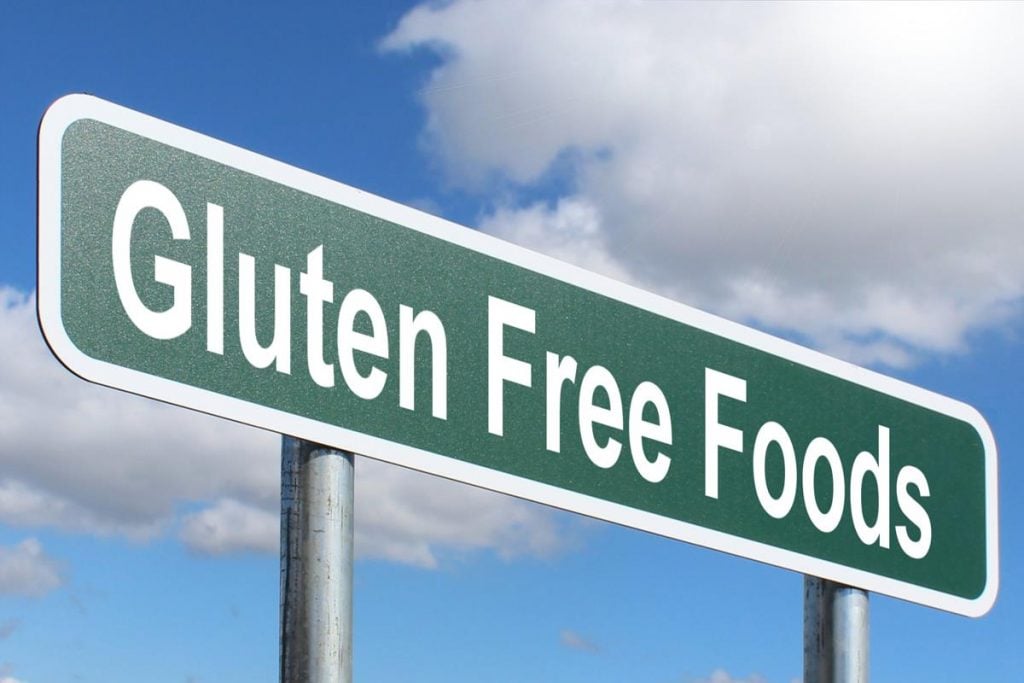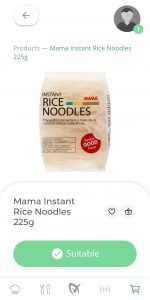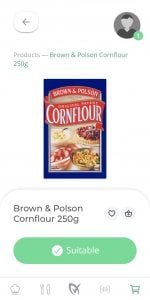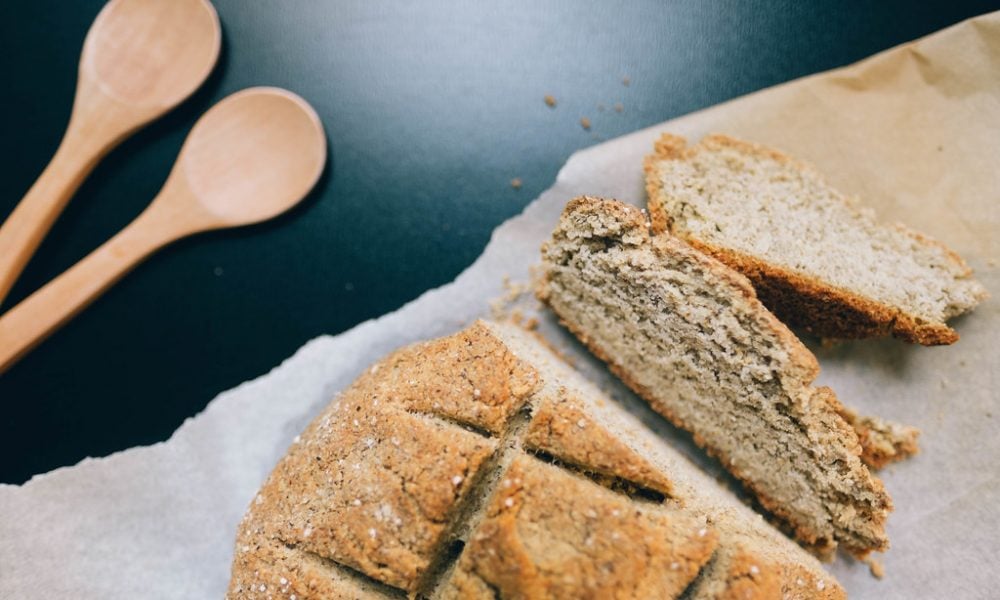Our Ultimate Guide for Living with Coeliac Disease
Whilst it can be easy to confuse coeliac disease, non-coeliac gluten sensitivity, and a wheat allergy due to how similar the symptoms of each manifest, they are profusely different disorders. It’s estimated 8.5 million people in the UK have gone gluten-free, with approximately one in one hundred people in the UK who have coeliac disease.
What is Gluten?
Gluten is a group of proteins found in various grains, most notably wheat, barley, and rye. But it is also found in a variety of other grains and cereals. The primary gluten protein that causes adverse health effects is gliadin. The majority of individuals can process these proteins without any issue; however, some small groups cannot – those with coeliac disease and those with non-coeliac gluten sensitivity.
What is Coeliac Disease
Coeliac disease is a long-term, often life-long, autoimmune disease whereby gluten consumption causes the body’s immune system to attack itself. Each time an individual with coeliac disease consumes gluten, an aggressive immune response occurs. Over time, the reaction damages the lining of the small intestine and prevents the absorption of nutrients.
The symptoms of coeliac disease can manifest in a variety of ways. There are less severe symptoms: fatigue, weight loss, rashes, indigestion, diarrhoea, and constipation. However, coeliac disease can also manifest more severe symptoms: nerve damage, anaemia, infertility, loss of bone density or softening of bone, which can result in emergency medical treatment.
To diagnose coeliac disease in the UK it is required to have a coeliac disease blood test and biopsy by visiting your GP and explaining to them your symptoms before they progress to testing, as they will guide you through the signs of coeliac disease.
What Is Non-Coeliac Gluten Sensitivity?
Non-coeliac gluten sensitivity (also known as NCGS) is similar to coeliac disease, but the two conditions differ. Coeliac disease is clearly identified as an autoimmune disease, whereas non-coeliac gluten sensitivity is still not understood in great detail. However, NCGS is generally considered a clinical condition. It is not yet clear as to how the immune system is involved due to the lack of antibodies produced in reaction to gluten. Needless to say, many people who have non-coeliac gluten sensitivity symptoms will express how bad these can be!
The symptoms of non-coeliac gluten sensitivity generally include fatigue, headaches, muscle and joint pains, rashes, anemia, and numbness. But it has also been known to manifest both depression and anxiety.
What Is a Wheat Allergy?
A wheat allergy differs between coeliac disease and non-coeliac gluten sensitivity by being an allergy, as opposed to an autoimmune disease or sensitivity to gluten, respectively. As a result, whilst a wheat allergy causes the body to produce antibodies, they are created in response to the presence of wheat, not gluten specifically. A wheat allergy is an allergy to foods that include wheat, and whilst an allergic response is usually the result of consumption, it can also be triggered by the inhalation of wheat flour.
The symptoms sometimes largely resemble those of coeliac disease and non-coeliac gluten sensitivity, and can include headaches, vomiting, cramps, diarrhoea, trouble breathing (anaphylaxis).
What Foods Contain and Do Not Contain Gluten?

Avoiding gluten? We can help.
Foods That Include Gluten:
First of all, when avoiding food containing gluten – the number one target is the grains that include gluten: wheat, barley, rye, spelt, couscous, triticale, farina, kamut, farro, semolina, durum, and wheat berries.
A note on oats: Oats naturally do not contain gluten. However, many with coeliac disease and non-coeliac gluten sensitivity avoid them because they are often processed within the factories that also process gluten-containing grains and cereals. There are also a small number of individuals who are still sensitive to oats due to a protein called “avenin”, which, while suitable for many, can cause a negative reaction in some.
Avoiding gluten isn’t always as easy as avoiding the obvious foodstuffs that contain wheat and barley; like bread, pasta, and beer. Gluten is also prevalent in many other common food items we may accidentally miss when shopping, such as condiments, sauces, soups, processed meats (and meat substitutes).
But gluten may be present in any product, which is why it is of the utmost importance to check every food label for the presence of gluten, even those we least suspect.
Foods That Do Not Contain Gluten:
Those avoiding gluten can rejoice knowing there are still many food items that do not contain gluten. Fruits and vegetables, lean meats, fish and beans, are gluten-free. It is important to remember that foods that breaded and battered food items contain gluten, and should be avoided. Both rice and potatoes are gluten free – often a surprise to many!
However, those avoiding gluten need not fret over the perceived lack of food options available to them, there is an increasing availability of gluten-free substitute foods entering the market. Not only that, but there are a number of food items that do not contain gluten that you may have missed – Here Are 10 Chocolate Bars You Will Be Surprised Are Gluten Free.
Foods You Can Swap Out For Gluten-Free Options:
There’s a generally held false belief that if someone has coeliac disease or non-coeliac gluten sensitivity that they must eat a very plain and boring diet – that is completely incorrect. On the contrary, whilst there are some foods to avoid, there is a wide variety of gluten-free recipes that are just as rich and delicious as many gluten-containing recipes. There’s no need to confine yourself to a little box of blandness.
Here are three of our favourite swaps:
- Henderson’s Relish, a fantastic substitute for Worcestershire sauce that is not only gluten-free but also suitable for vegetarians and vegans.
- Rice noodles, it’s well established that many egg noodles contain gluten, but rice noodles are a great alternative. Whilst the texture is slightly different, they are a great accompaniment to stir-frys, chow mein, and satay dishes.
- Cornflour, now there’s no reason you can’t have bread in your life, you just can’t have gluten-containing bread. Cornflour can be used as a substitute for wheat flour in a variety of foods, including bread, cakes, and pies – just be sure the other ingredients involved are also gluten-free! There’s also a whole world of rice flour, buckwheat flour and gram flour (made from chickpeas) for you to experiment with. You can even buy gluten-free peanut flour now.
Here are some of our Top Swaps for Gluten Free Food.



Sources: NHS, British Nutrition Foundation, Coeliac UK [1] [2], NHS Inform [1] [2], Pharmaceutical Services Negotiating Committee, BBC News.
LiberEat’s content is not intended to be a substitute for professional medical advice. You should always take precautions and use appropriate judgement to protect yourself and others under your care with regard to food allergies.
LiberEat has a unique allergen detection technology that helps prevent errors in allergen data on food packaging and menus. This can help to protect your customers from the 14 major allergens- find out more about these with our allergen information hub.
Correctly managing and reviewing your allergen data is important for keeping you and your customers safe. Errors in allergen data can cause potentially devastating allergic reactions and expensive product recalls. Give yourself peace of mind and get in contact with us to find out more about how LiberEat can help protect your business.

